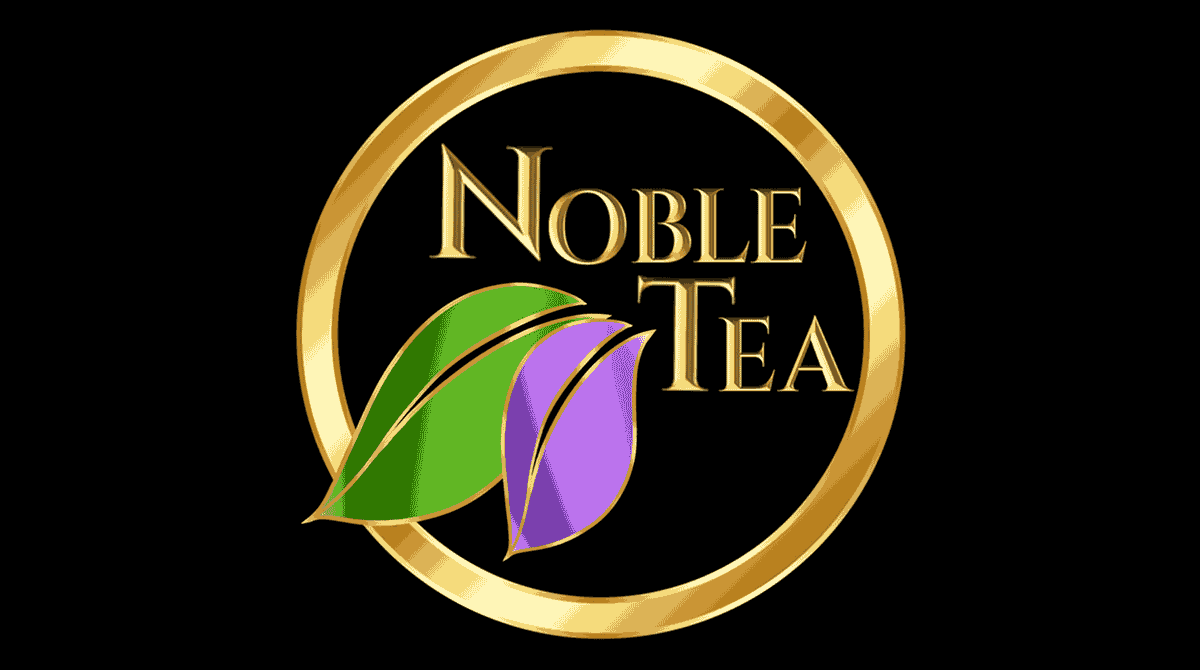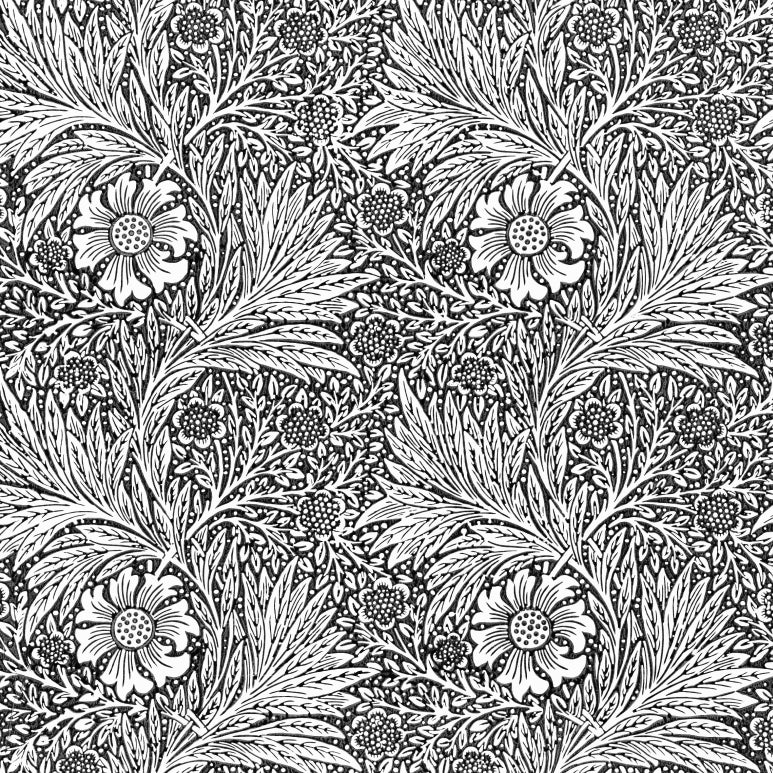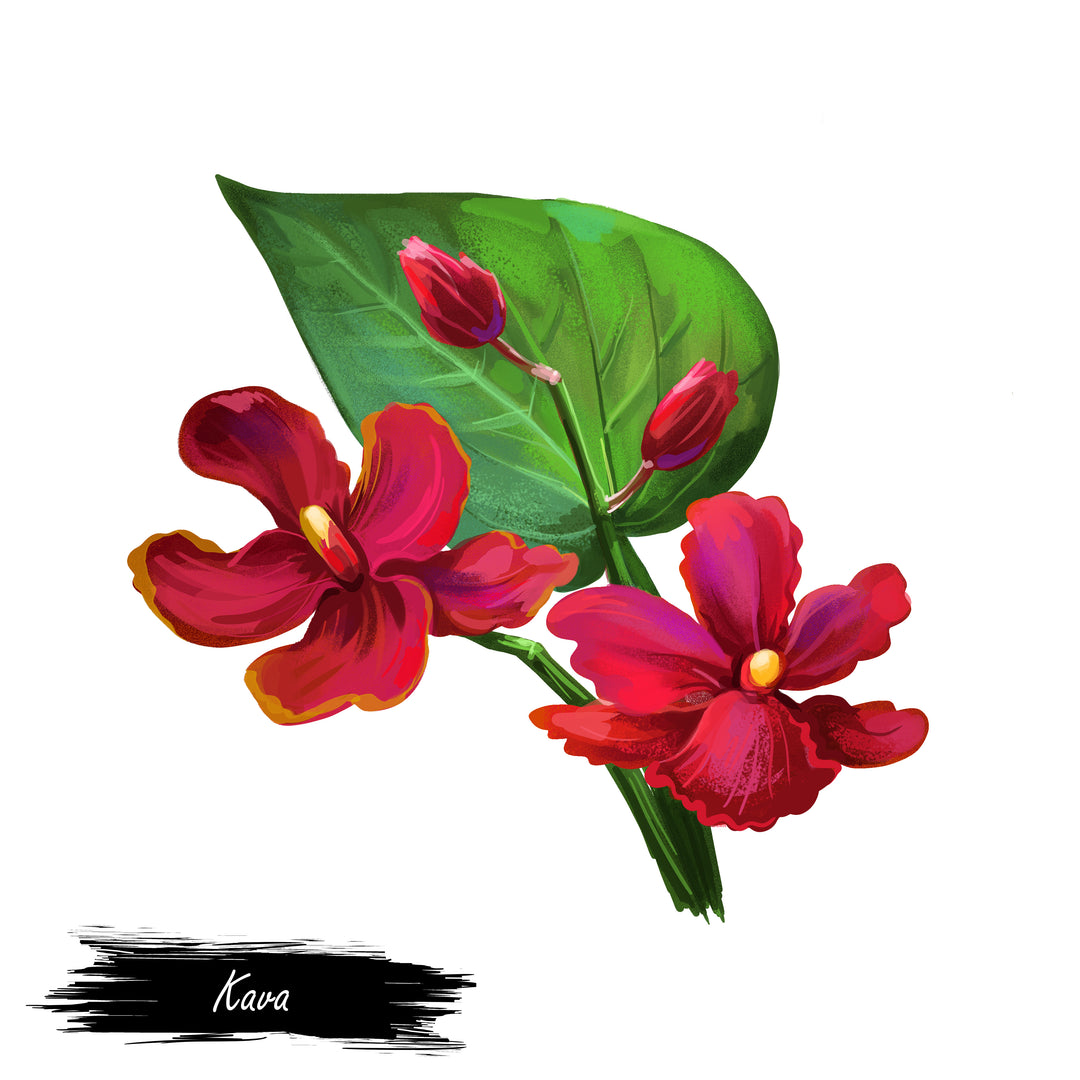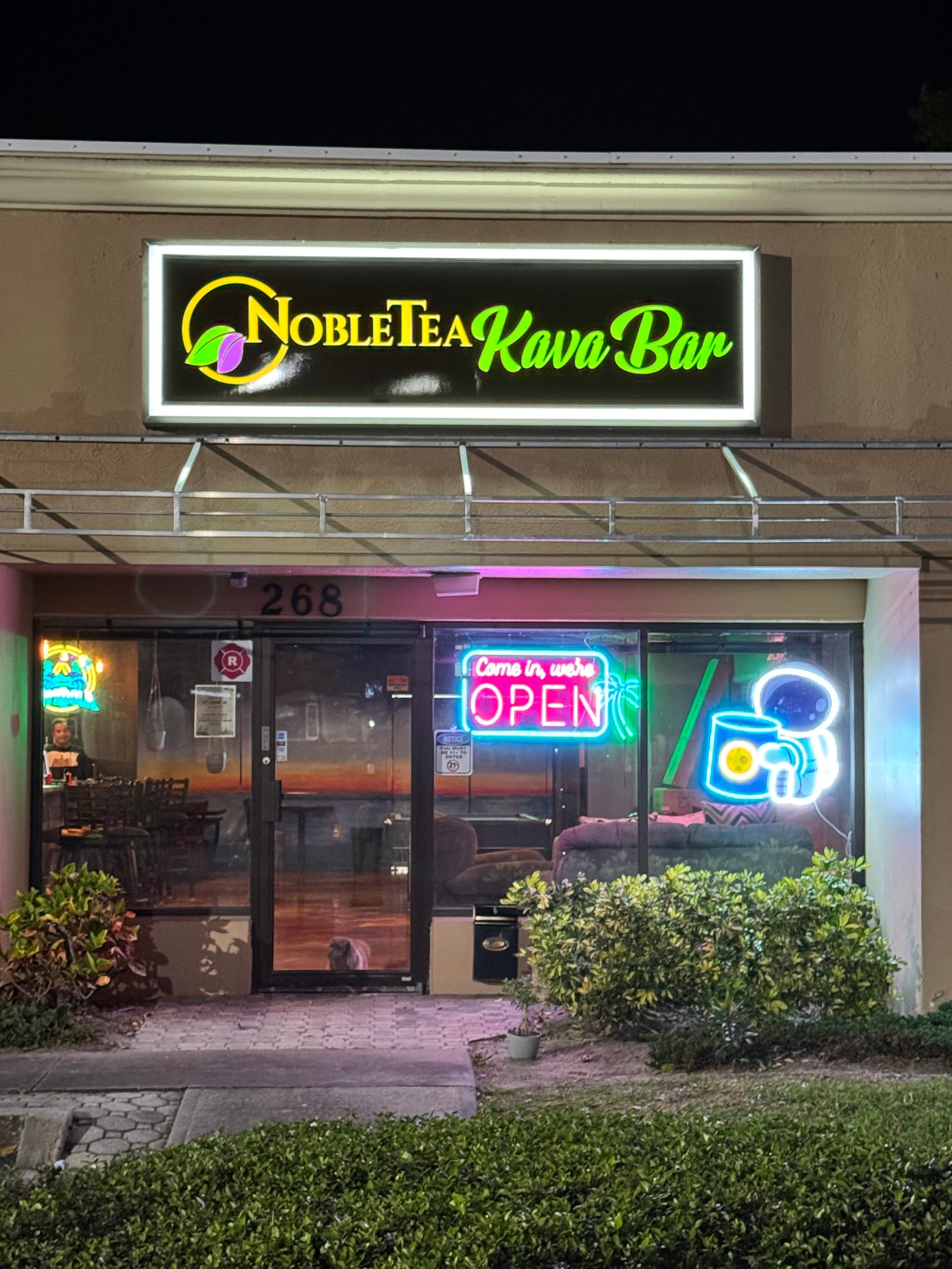The History of Kava and How it Works

Kava, also known as Piper methysticum, is a plant native to the South Pacific islands. For centuries, it has been used by the indigenous people of these islands for its calming and relaxing effects. In recent years, kava has gained popularity in the Western world as a natural alternative to pharmaceuticals for anxiety and stress relief. But what is the history of kava and how does it work?
What is the history of kava?
The history of kava dates back thousands of years. It is believed that kava was first cultivated in Vanuatu, an island nation in the South Pacific. From there, it spread to other Pacific islands, including Fiji, Tonga, and Hawaii. The indigenous people of these islands have been using kava for ceremonial, social, and medicinal purposes for centuries.
In traditional Pacific island cultures, kava is often consumed during important ceremonies and social gatherings. It is prepared by grinding the root of the kava plant into a powder, which is then mixed with water to create a drink. The drink is known for its earthy taste and relaxing effects.
How does kava work?
Kava contains a group of compounds called kavalactones, which are responsible for its psychoactive effects. These kavalactones interact with the brain's receptors, particularly the GABA receptors, which are involved in regulating anxiety and stress.
When kava is consumed, the kavalactones bind to the GABA receptors, promoting a sense of calmness and relaxation. This can help reduce anxiety, promote better sleep, and improve overall mood. Kava is often used as a natural remedy for anxiety, stress, and insomnia.
It is important to note that the effects of kava can vary depending on the strain, preparation method, and dosage. Some strains of kava may have more sedative effects, while others may be more uplifting. It is recommended to start with a low dosage and gradually increase as needed.
Is kava safe to consume?
Kava has a long history of traditional use and is generally considered safe when consumed in moderation. However, there have been reports of liver toxicity associated with the consumption of certain kava products. These cases are rare and are often linked to the use of poor-quality kava or excessive consumption.
To ensure safety, it is important to choose high-quality kava products from reputable sources. Look for products that are made from noble kava varieties, as these are considered to be the safest and most desirable. It is also recommended to consult with a healthcare professional before using kava, especially if you have any pre-existing liver conditions or are taking medications that may interact with kava.
In conclusion
Kava has a rich history and is valued for its calming and relaxing effects. It has been used by the indigenous people of the South Pacific islands for centuries and is now gaining popularity in the Western world. The kavalactones in kava interact with the brain's receptors, promoting a sense of calmness and relaxation. While kava is generally considered safe when consumed in moderation, it is important to choose high-quality products and consult with a healthcare professional if needed. If you're looking for a natural remedy for anxiety and stress, kava may be worth exploring.












